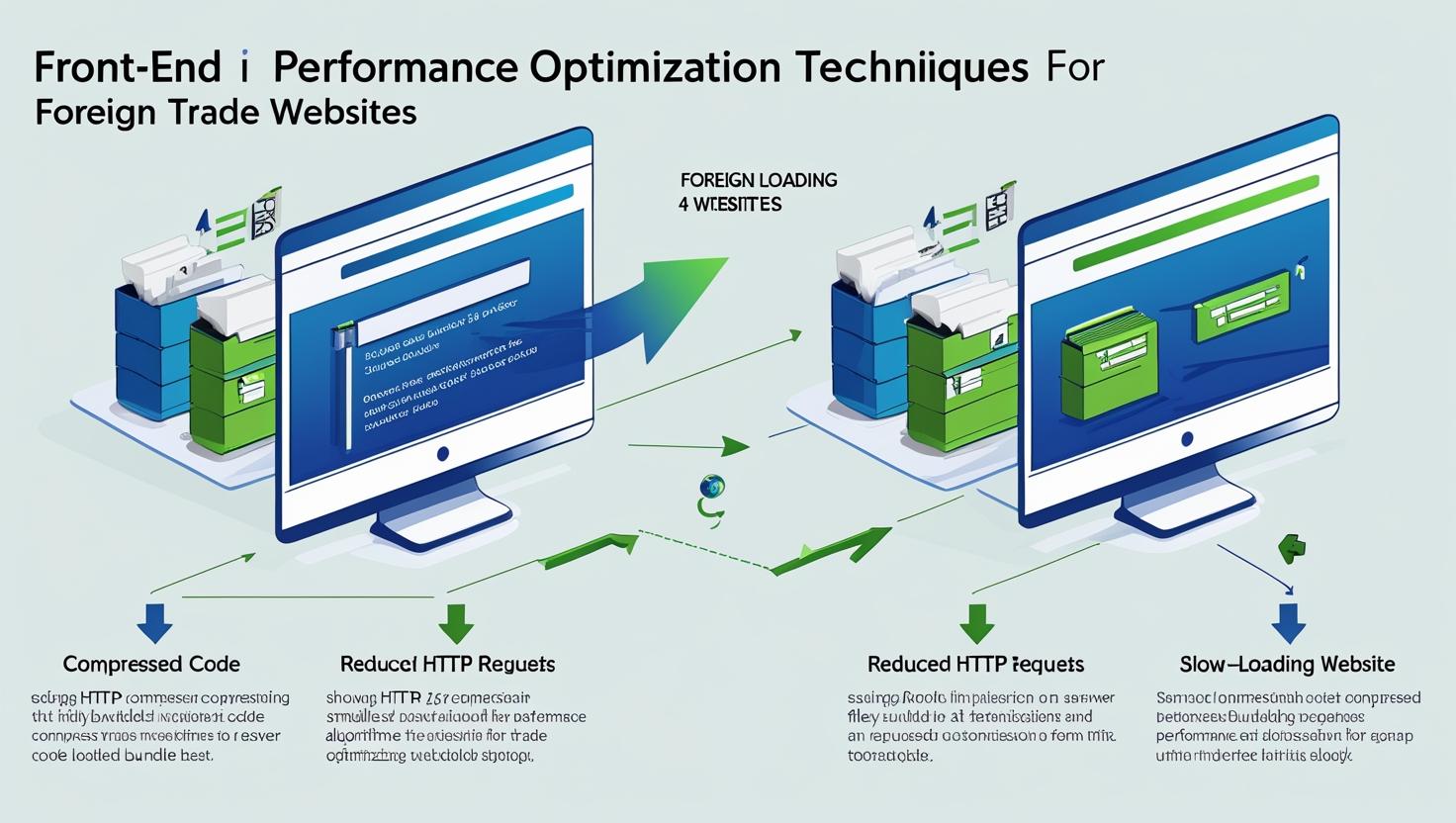In today's increasingly competitive global foreign trade landscape, building a website for international trade is not only a showcase for your products but also a crucial step in acquiring customers and increasing order conversions. According to data from the International Trade Centre (ITC) , every one-second delay in page loading can increase customer churn by approximately 16%. Therefore, optimizing the loading speed of your international trade website is crucial.
1. Image and multimedia resource optimization
Foreign trade websites usually contain a large number of product images and demonstration videos. If these resources are not optimized, they will directly slow down the website speed. In practice, the following methods can be used:
Image compression and format optimization : Use WebP or AVIF format instead of traditional JPEG/PNG to reduce file size.
Lazy Loading : Load images only when the user scrolls to the page location, improving the first screen rendering speed.
Video optimization and embedding : Use CDN to accelerate video streaming, or choose to embed it on a third-party hosting platform to reduce server pressure.
According to W3C research, optimizing images and multimedia resources can increase web page loading speed by more than 30%.
2. Caching strategy and CDN deployment
Caching and content delivery network (CDN) are the core technologies to improve the opening speed of foreign trade website:
Browser cache : Set a reasonable cache time for static resources to reduce repeated requests.
Server-side caching : Dynamic pages can be combined with caching solutions such as Redis and Varnish to improve server response speed.
CDN distribution : Utilize global CDN nodes to allow overseas customers to obtain resources nearby when accessing the website, significantly reducing latency.
According to Google Web Vitals statistics, reasonable caching and CDN acceleration can reduce the average global access loading time by about 40% (reference link: Google Web Vitals ).
3. Front-end performance optimization
When building a website for foreign trade, front-end performance directly affects the first screen loading experience and user retention:
Code compression and splitting : Use tools to compress JS and CSS, and adopt code splitting to only load the resources required for the current page.
Reduce redirects and HTTP requests : Merge styles and scripts to reduce page jumps.
Enable Gzip or Brotli compression : Reduce the size of transferred files and improve network transmission efficiency.
Moz research shows that optimizing front-end performance can improve SEO inclusion rates and increase the time potential customers spend on your site.

4. Server and technology stack selection
The server and website building technology also determine the opening speed of the foreign trade website:
High-performance server : Choose a cloud server that supports HTTP/2 or HTTP/3 protocols to improve transmission efficiency.
Modern technology stack : React+Next.js, Vue+Nuxt and other modern front-end frameworks, improving the first screen speed through SSR and static generation.
Database optimization : reasonable indexing, table and database partitioning, and caching of query results to shorten page data rendering time.
According to ITC and W3C data, technology stack optimization combined with server upgrades can increase page loading speed by more than 50%.
5. Continuous monitoring and optimization
Optimizing the performance of a foreign trade website is not a one-time job and requires continuous monitoring and adjustment:
Use performance analysis tools such as Google Lighthouse and WebPageTest to monitor web page loading in real time.
A/B testing optimization strategy : Test in different regions and devices to optimize loading order and resource allocation.
Update and clean up resources regularly : delete redundant plug-ins, optimize codes, and keep the website lightweight.
Summarize
Improving the loading speed of your international trade website is crucial for improving customer experience and increasing conversion rates. By optimizing images, caching and CDN, improving front-end performance, and optimizing servers and technology stacks, businesses can significantly reduce loading times and improve website access efficiency. Using the Pinshop website building platform, businesses can quickly build high-performance international trade websites, automatically integrating speed optimization and SEO tools to ensure efficient access for global customers.
Pinshop website building platform CTA :
Want to build your foreign trade website faster and provide a better customer experience? Use the Pinshop website building platform now to start building a high-performance foreign trade website and improve global customer conversion efficiency!

Recommended article: How to use React+Next.js to improve website performance in foreign trade website construction






